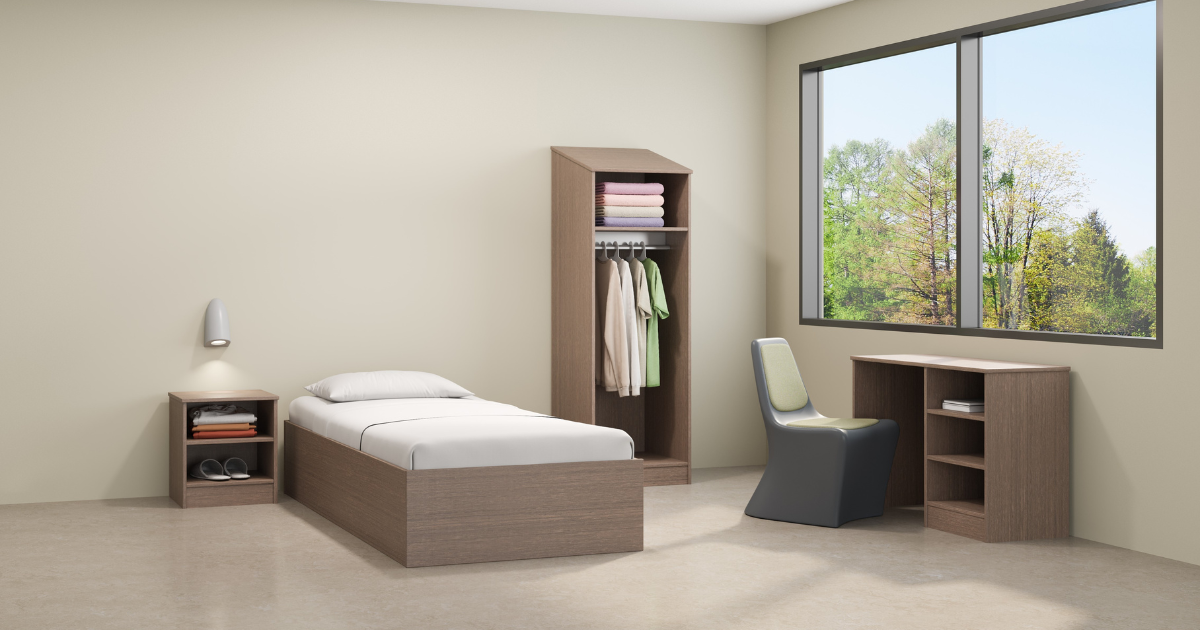
February 22, 2024
Stance Healthcare Launches Lotus Casegoods Collection
A Fusion of Design, Functionality, and Safety
FEBRUARY 22, 2024 – Stance Healthcare proudly introduces the Lotus Casegoods collection, a triumph in healthcare furniture design that recently earned the prestigious Nightingale Gold Award in the Furniture Collections category and an Innovation Award. This cutting-edge collection is meticulously crafted to seamlessly blend aesthetics and functionality, prioritizing environmental consciousness while setting new standa...
|